Beeswax vs Soy Candles (Which is Better?)
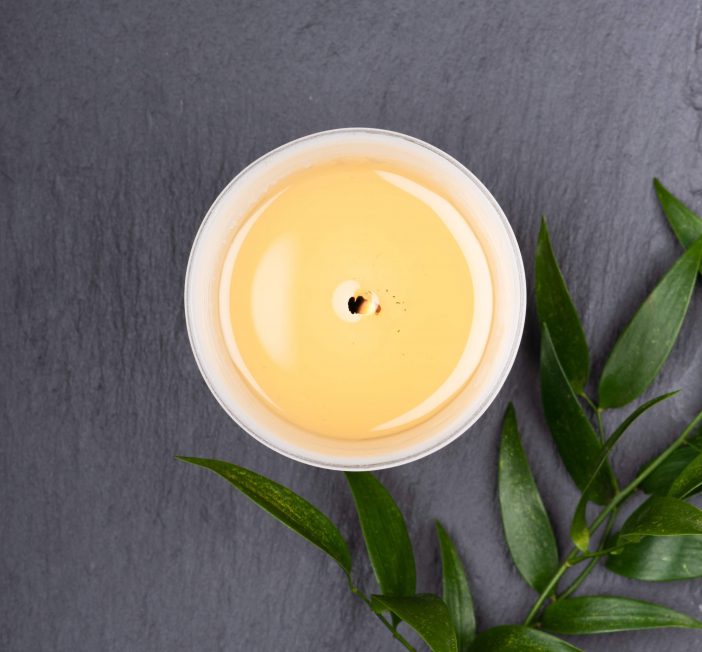
Walk into any craft store's candle-making aisle and you'll find three main wax options: paraffin (petroleum-based), soy wax, and beeswax. Paraffin dominates the market at roughly 85% of all candles sold, but both soy and beeswax have carved out significant niches among crafters and hobbyists who prioritize natural materials.
The numbers tell a clear story. Pure soy candles burn 30-50% longer than paraffin equivalents. Beeswax candles outlast both, with burn times extending 2-3 times longer than paraffin due to their higher density (0.958 g/cm³ for beeswax versus 0.9 g/cm³ for soy). These aren't marginal differences – they fundamentally change the economics of candle making and buying.
But here's where it gets interesting: neither material works universally. Soy wax melts at 115-125°F, making it physically impossible to create freestanding pillar candles without a container. Beeswax, melting at 145-147°F, self-supports into any shape you want. Meanwhile, soy accepts fragrance oils at concentrations up to 10-12% versus beeswax's typical 2-6% capacity.
The environmental and health angles add another layer. Both materials release zero measurable VOCs when burned, unlike paraffin's documented benzene and toluene emissions. The USDA tracks soy production under sustainability protocols covering 95% of US cropland. Beeswax arrives as a byproduct of honey production – about 1-2 pounds of wax per 60 pounds of honey harvested.
What Paraffin Actually Does When It Burns
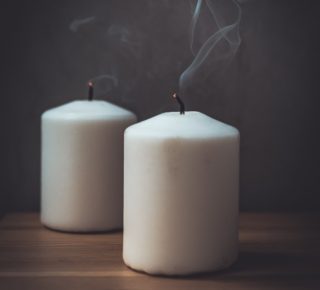
The chemistry of paraffin combustion creates a specific problem. When paraffin wax burns at standard candle temperatures (around 1,400°F at the flame), it releases measurable amounts of benzene and toluene – the same volatile organic compounds (VOCs) found in diesel exhaust. A 2009 South Carolina State University study detected these compounds at concentrations of 2-20 parts per million in enclosed spaces after burning paraffin candles for two hours.
To put that in perspective: the EPA sets outdoor air quality standards for benzene at 0.13-0.45 parts per billion. Indoor air typically measures 2-5 parts per billion. A paraffin candle can spike that to 2,000-20,000 parts per billion in a closed room.
The mechanism works like this – paraffin, being a petroleum byproduct, contains carbon chains that don't fully combust at candle flame temperatures. These incomplete combustion products become airborne particles. The American Lung Association specifically identifies these particles as respiratory irritants, particularly problematic for people with asthma or allergies.
Room ventilation changes everything. Open a window and those VOC concentrations drop by 80-90% within minutes. The particles disperse below problematic thresholds. But in winter, when windows stay closed and candles burn longest, the accumulation becomes measurable.
This explains why soy and beeswax gained traction beyond just the "natural" marketing angle. Both burn completely at standard candle temperatures, producing only carbon dioxide and water vapor – no measurable VOC emissions in multiple air quality studies.
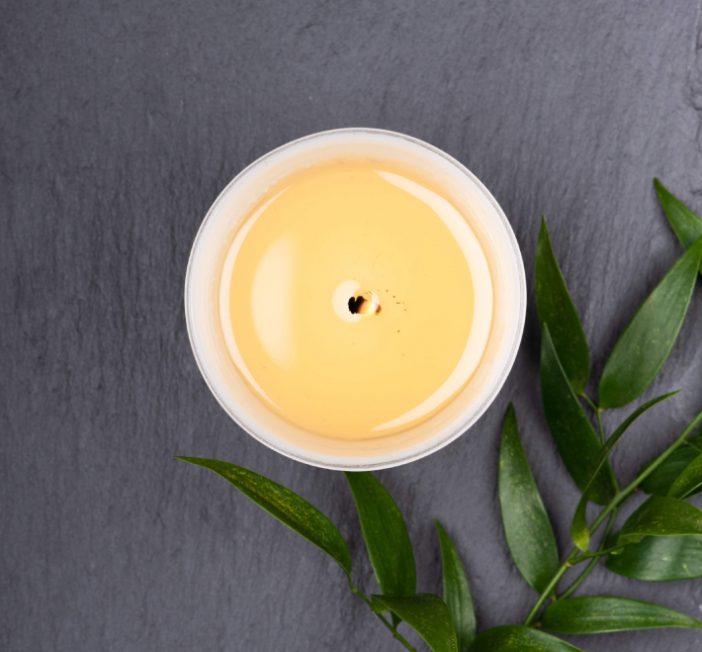
Soy Wax: The Numbers Behind the Trend
Soy wax entered the candle market in 1991, invented by Michael Richards seeking a cheaper alternative to beeswax. Today it represents about 10% of the US candle market, with production centered in Iowa, Illinois, and Indiana – the same states producing 50% of America's soybeans.
The physical properties dictate everything about working with soy. That 115-125°F melting point means something specific: you can't make pillar candles. The wax literally won't hold its shape at room temperature without support. Every pure soy candle you've seen sits in a jar, tin, or container because physics demands it. Candle makers sometimes blend soy with harder waxes to achieve freestanding shapes, but then you're not dealing with pure soy anymore.
Here's what makes soy particularly interesting for hobbyists: it holds fragrance like nothing else. The crystalline structure of soy wax creates microscopic pockets that trap fragrance oils at concentrations up to 10-12% by weight. Beeswax tops out at 6%. Paraffin manages 3-6%. This isn't marketing – it's molecular structure. More fragrance capacity means stronger scent throw, which explains why heavily scented candles almost always use soy or soy blends.
The burn characteristics deserve attention too. Soy produces virtually no soot when the wick is properly sized. The flame burns at approximately 1,100°F – cooler than both paraffin (1,400°F) and beeswax (1,300°F). Lower burn temperature means slower consumption, hence that 30-50% longer burn time compared to paraffin.
Cleanup presents another practical advantage. Soy wax dissolves in hot soapy water. Spill paraffin on your tablecloth and you're scraping and ironing. Spill soy and you're running it through the wash. For home crafters, this difference matters.
The cost equation works out to roughly $2-4 per pound for soy wax flakes at craft store prices, dropping to $1.50-2.50 per pound when buying 10-pound blocks. A 16-ounce soy candle costs about $3-5 in raw materials to make at home, versus $20-35 retail.
The Reality of Soy Sustainability

The sustainability story of soy gets complicated fast. Yes, soybeans are renewable – America produces 4.4 billion bushels annually. The Soy Sustainability Assurance Protocol (SSAP) covers 95% of US soy production, implementing conservation practices including buffer strips near waterways, integrated pest management, and soil erosion controls.
But zoom out to global production and the picture shifts. Brazil, the world's largest soy producer, cleared 1.9 million acres of Amazon rainforest for soy cultivation between 2019 and 2021, according to Chain Reaction Research data. The EU now requires deforestation-free certification for soy imports, but enforcement remains inconsistent.
In the US, the environmental footprint looks different. The USDA reports that soy farming uses 48% less water per pound than it did in 1980, thanks to drought-resistant varieties and precision agriculture. Herbicide use dropped 18% over the same period. The carbon footprint of US soy production measures 0.84 kg CO2 per kilogram of soybeans – lower than most other oil crops.
For candle makers, the "organic" label means something specific: no synthetic pesticides or fertilizers for three years before harvest. Certified organic soy costs 40-60% more than conventional, running $3-5 per pound. The certification comes from USDA-approved agencies that conduct annual farm inspections.
The biodegradability claim holds up under scrutiny. Soy wax breaks down completely in soil within 4-6 weeks under composting conditions. Paraffin never fully biodegrades – those petroleum chains persist for decades. Beeswax biodegrades in 2-3 months, slightly slower than soy due to its complex ester composition.
Beeswax: 3,000 Years of Candle Making
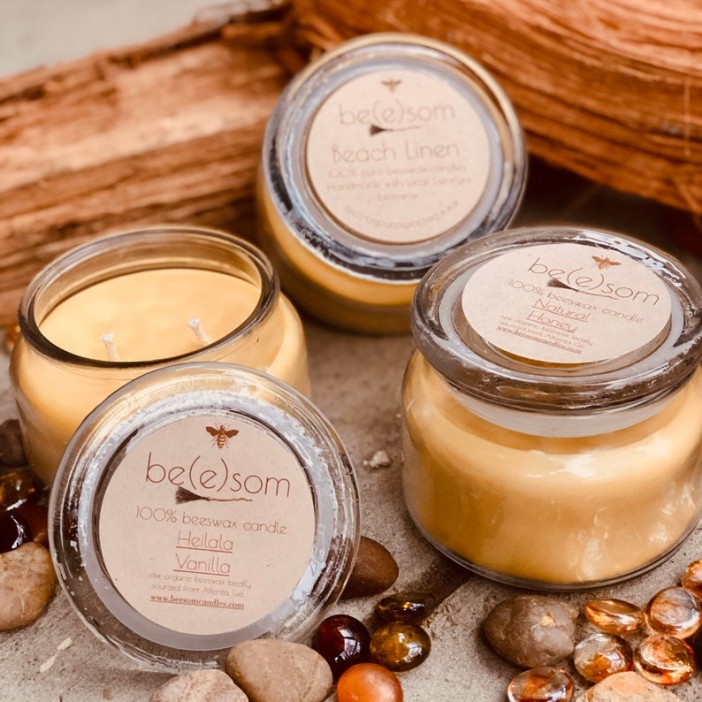 100% Pure Beeswax Candle by beEsom
100% Pure Beeswax Candle by beEsom
Beeswax carries the distinction of being humanity's first premium candle material. Egyptian tombs from 3000 BCE contain intact beeswax candles. Medieval European churches mandated beeswax for altar candles – partly for the symbolism, mostly because they burned without the black smoke of tallow candles.
The production process hasn't changed much. Bees secrete wax from eight glands on their abdomens, using about 8 pounds of honey to produce 1 pound of wax. They build hexagonal comb structures with walls precisely 0.002 inches thick – a consistency no human manufacturing achieves. Beekeepers harvest excess comb, melt it down, filter out debris, and sell the refined wax.
The numbers reveal why beeswax commands premium prices. A healthy hive produces 1-2 pounds of excess wax annually. With 2.67 million managed colonies in the US (USDA 2024 data), total domestic beeswax production reaches about 4 million pounds yearly. Compare that to 9 billion pounds of paraffin produced annually. Scarcity drives the $8-15 per pound price for pure beeswax.
That density of 0.958 g/cm³ translates directly to burn time. A 3-inch diameter beeswax pillar candle burns for 80-90 hours. The same size in paraffin manages 30-40 hours. In soy – well, you can't make a pillar from pure soy, but an equivalent weight in a container would burn for 50-60 hours.
The self-supporting nature of beeswax opens up design possibilities impossible with soy. Taper candles, pillars, votives, sculptural forms – all hold their shape at room temperature. The wax becomes pliable at 100°F, allowing hand-rolling of sheet wax into decorative candles without any heating equipment.
The natural honey scent varies dramatically between batches. Light filtering preserves more aromatic compounds, creating candles with noticeable honey notes. Heavy filtering removes these compounds, leaving nearly scentless wax. Neither approach affects burn quality, just aromatic presence. Some beekeepers deliberately leave trace amounts of propolis (bee glue) in the wax, adding subtle resinous notes.
Color indicates processing level too. Pure white beeswax underwent chemical or physical bleaching. Natural beeswax ranges from pale yellow to deep amber, depending on what flowers the bees visited and how much pollen remains in the wax.
The Air Purification Question: What Science Actually Says
The claim appears everywhere: beeswax candles purify air through negative ion emission. The supposed mechanism sounds scientific – negative ions attract positively charged particles like dust and allergens, causing them to clump and fall from the air.
Here's what researchers actually found. A 2016 study in Aerosol Science and Technology measured ion emissions from various candles. Beeswax candles produced 0.5-1.2 × 10³ negative ions per cubic centimeter. Soy produced 0.3-0.8 × 10³. Paraffin managed 0.2-0.5 × 10³.
For context, a thunderstorm generates 10,000-50,000 negative ions per cubic centimeter. A waterfall produces 5,000-10,000. Commercial air ionizers output 1,000,000 or more. That beeswax candle? It's producing 0.01% of what a small desk ionizer generates.
The particle removal mechanism itself works – negative ions do cause particle aggregation. But at candle-level emissions, the effect remains unmeasurable in real-world conditions. No peer-reviewed studies demonstrate actual air quality improvement from burning beeswax candles.
What beeswax candles don't do matters more than mythical benefits. They produce no measurable VOCs, unlike paraffin. They generate minimal soot when properly wicked. They don't trigger the respiratory irritation some people experience with synthetic fragrances. For allergy sufferers, these absent negatives provide the real value.
Beeswax Ethics and Colony Economics
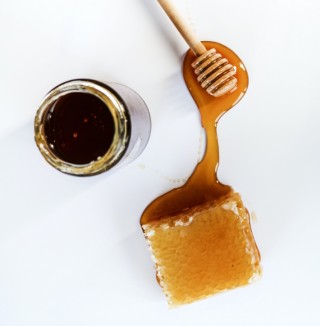
The relationship between beeswax harvesting and bee welfare creates interesting dynamics. Commercial beekeepers primarily profit from pollination services ($320 per hive for almond pollination) and honey ($2-8 per pound wholesale). Wax represents just 2-3% of hive revenue but requires the most invasive harvesting.
Sustainable beekeeping operations follow specific protocols. They leave 40-60 pounds of honey for the colony's winter survival. They harvest only excess wax comb, maintaining the brood comb where bees raise young. They avoid harvesting during nectar dearths when bees can't rebuild comb quickly.
The colony collapse disorder crisis adds urgency to these practices. The US lost 48% of managed colonies in 2022-2023, according to the Bee Informed Partnership. Varroa mites, pesticide exposure, and habitat loss drive these losses. Responsible wax harvesting means not stressing colonies already facing survival challenges.
Certification programs emerged to address these concerns. The Certified Naturally Grown apiary standards prohibit synthetic miticides, require organic-adjacent land management, and mandate disease prevention over treatment. True Source Honey certification tracks wax and honey origin to prevent adulteration and ensure ethical sourcing.
For crafters, "local beeswax" often means buying directly from area beekeepers at farmers markets. Prices run $10-20 per pound, higher than online bulk suppliers but supporting local bee populations. Many beekeepers sell "cappings wax" – the cleanest wax skimmed from honey extraction – specifically for candle making.
Market Realities in 2025
The candle market tells its own story through retail data. Pure soy candles retail for $15-40 for 8-10 ounces, with burn times of 40-50 hours. Equivalent beeswax candles cost $25-60, burning 60-80 hours. The per-hour burn cost actually favors beeswax ($0.42-0.75) over soy ($0.37-0.80), but the higher upfront cost influences purchasing decisions.
Amazon sales data reveals interesting patterns. Soy candles dominate the "highly scented" category, capturing 73% of sales. Beeswax owns the "unscented/natural" segment at 61% market share. Paraffin still rules overall volume, especially in votives and tea lights where low cost matters most.
The DIY market shows different dynamics. Craft store soy wax sales increased 34% from 2020-2024, while beeswax grew 18%. The ease of working with soy – lower melting point, container-only requirements, superior scent throw – makes it the gateway wax for new candle makers.
Professional candle makers often use both materials strategically. They'll create soy candles for heavily fragranced product lines and beeswax for premium, minimally scented offerings. Some blend the two, using 70% soy for fragrance capacity and 30% beeswax for opacity and burn characteristics.
The "clean burning" marketing angle drives significant purchasing decisions. A 2024 Mintel survey found 67% of candle buyers actively avoid paraffin, even though most couldn't explain why beyond vague health concerns. This perception gap created the market space both soy and beeswax now occupy.
Supply chain factors affect availability too. Soy wax production scales easily with soybean crops. Beeswax remains limited by colony populations and honey production cycles. When wholesale beeswax prices spiked 40% in 2023 due to poor honey harvests, many small candle makers switched to soy or raised prices significantly.
The substrate compatibility issue deserves mention for crafters. Soy works with any container that withstands 125°F – mason jars, ceramic vessels, even some plastics. Beeswax's higher melting point limits container options to glass, ceramic, or metal. This practical difference influences project planning and cost calculations for hobbyists exploring candle making.
The crafting experience itself differs remarkably between materials. Soy forgives temperature variations, poor wick choices, and amateur pouring techniques. Beeswax demands precision – wrong wick size creates tunneling, overheating causes discoloration, rapid cooling produces cracks. For absolute beginners, soy offers a gentler learning curve. For experienced crafters seeking challenge and tradition, beeswax provides both.
We hope this article has been helpful.
If there's anything that you think we've missed, or if you have any questions about anything, then let us know down in the comments below.